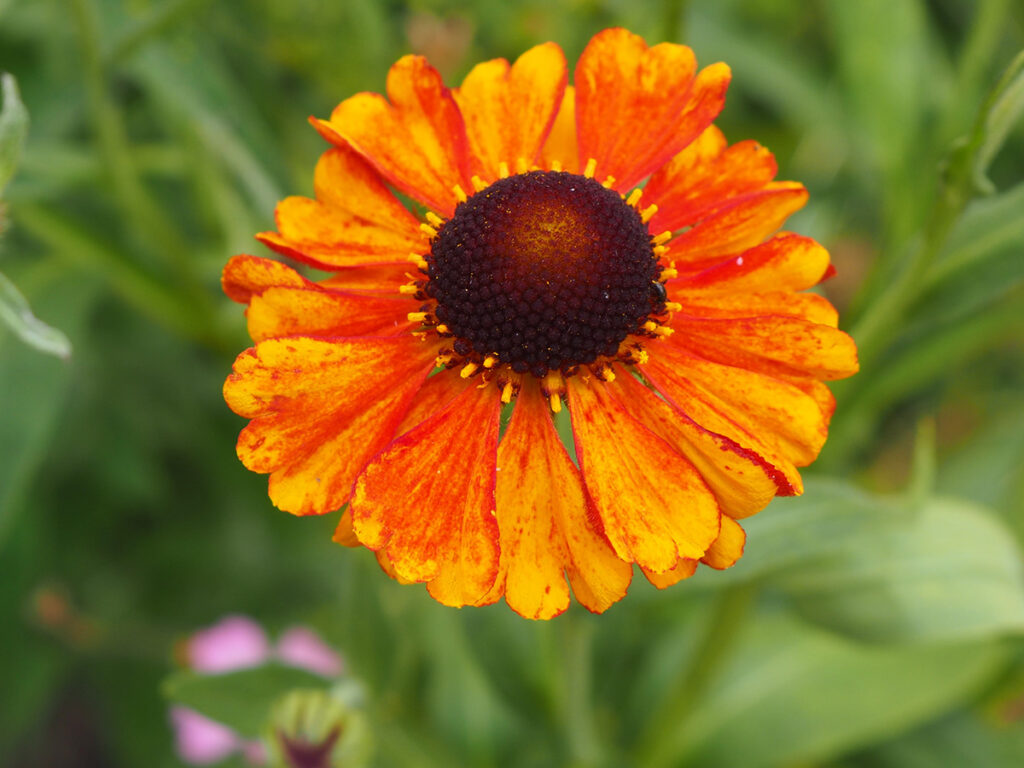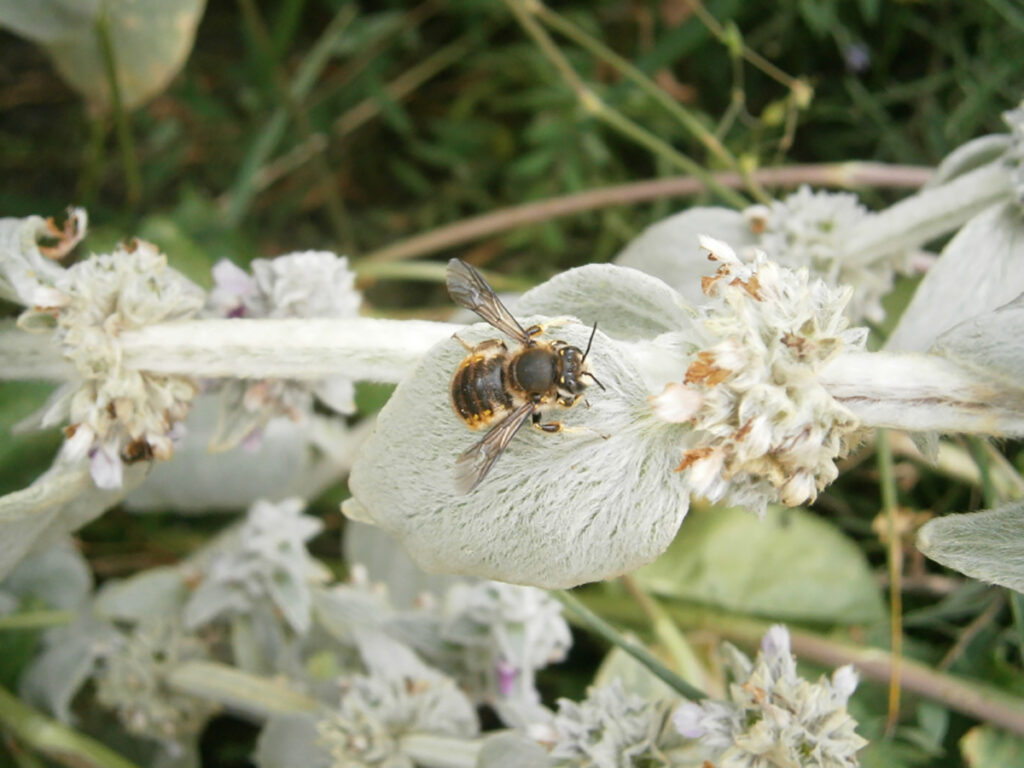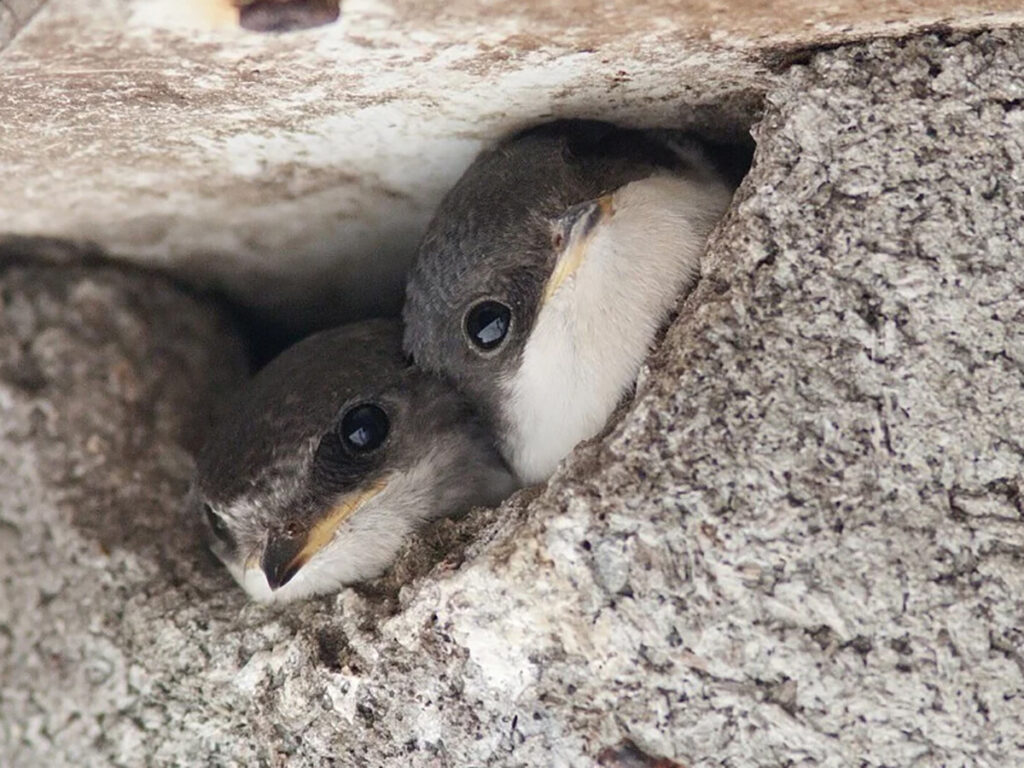Visitors to my garden in May commented on the number of insects, particularly bees. The Ceanothus was crowded with honeybees and several species of bumblebee were working through apple and cherry blossom, Salvias and Phacelia. The garden is managed with nature as equal partner.
I introduce plants to increase the diversity of habitat and last year created a second pollinator border. These borders offer plants in flower from spring through to autumn. Salvias jostle with Verbena and dahlias, hardy geraniums spill over the paths and clematis and sweet peas climb up trellis and arches. No pesticides are used.
But I noticed how insects disappeared as the spring passed. Despite a garden full of insect-preferred plants, the days remained silent. Particularly noticeable was the absence of dragonflies, hoverflies and butterflies. The early promise of bees evaporated. The wool carder bees have not re-appeared and bee-flies were absent too.
It has been a very wet and cool summer and conservationists are suggesting this is part of the reason for insect decline. But it is not just missing insects. I haven’t seen bats this year. Wildlife rescue centres are reporting increased numbers of underweight bats. There are no house martins or swallows at my end of the village and lower numbers of swifts.
The integrated web of nature is complicated and factors affecting species vary. Perhaps when we enjoy the birds visiting our gardens, we forget that their young are raised on insects. Perhaps we forget how many of our food plants require pollination by insects. Perhaps we forget that without nature our lives will just be poorer.
Everything I can do to help wildlife is included in my garden planning. The Pollinator border was designed to offer nectar for late visiting insects. In the last few weeks, the heat and sun and dry weather have changed the dynamic and insects are back – not in such large numbers but Common Darter dragonflies have been on the pond, Painted Lady and Holly Blue butterflies have been here and tree bumblebees are still foraging.
My pollinator borders are designed to provide nectar and pollen for as much of the year as practical. Red and white dead nettles, dandelion, ox-eye daisy and white clover pop up amongst the Hebes and Salvias, under honeysuckle and myrtle and jostle for space with Verbenas, Erysimum ‘Bowles’s Mauve, lavender and Alliums. I also plant for autumn visitors including buddleia, Knautia and Heleniums for butterflies.
Every year I discover new insects and on warm lazy days nothing beats sitting here, watching insects bring the garden to life. After a quiet summer, the borders have at last hosted some early autumn visitors.



